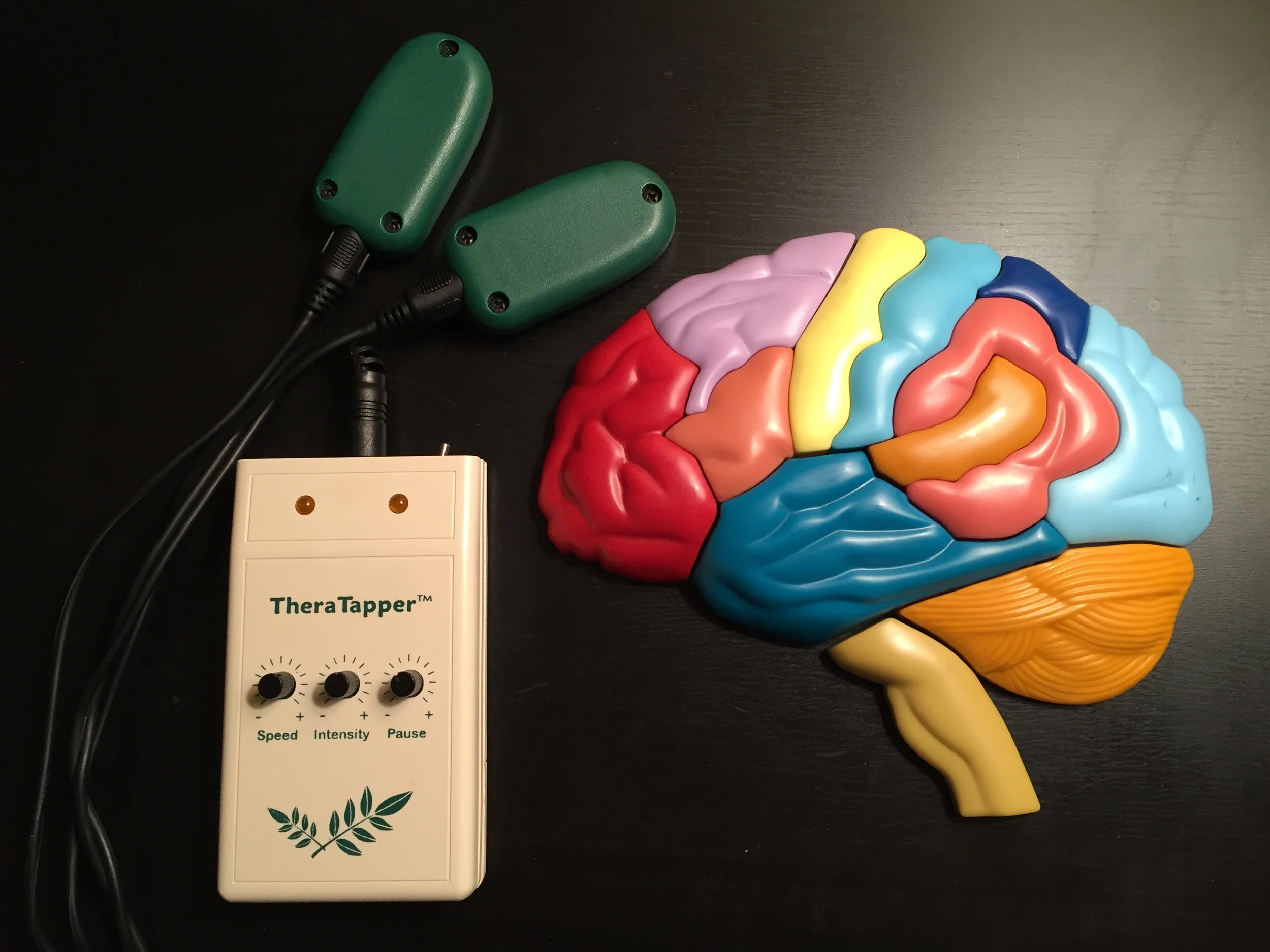EYE MOVEMENT DESENSITIZATION & REPROCESSING (EMDR)
EM = Eye Movement, D = Desensitizing strong emotions, R = Reprocessing old beliefs
EMDR is used to help people who have experienced trauma, large and small. I have seen it be very effective for those who know what the problem is, have talked a lot about it, but don’t seem to be able to make changes or feel better. EMDR has a notable body of research supporting its use and has been endorsed by the American Psychiatric Association, the Department of Veteran’s Affairs and Department of Defense, and the International Society for Traumatic Stress Studies. During EMDR we activate memory processing that the brain naturally does (perhaps during REM sleep) to address past experiences that seem “frozen in time.” As we process the memories, the thoughts, emotions, and sensations in your body related to that experience lessen. The memory of the events don’t disappear; rather, we resolve them so they don’t overwhelm us or interfere with the choices we are making in the present. Once these old memories and beliefs are addressed we can start building new beliefs and behaviors that help us create the present that we want to have.
A unique element of EMDR is bilateral stimulation of the brain. Originally, this occurred through eye movements; however, as EMDR has developed other methods such as audio tones or hand buzzers are used. Having these options allows us to find the best fit for each client. This bilateral stimulation engages the brain in memory reprocessing and can be very calming.
One of the reasons I like EMDR is that it allows me to be in constant collaboration with my clients. Frequently we will measure how feelings and sensations are changing and assess if we are making progress. I find this gives clients a sense as to if their time and resources are being well used as well as motivation to stay with the EMDR process in order to keep changing and growing.
EMDR and pain. During my doctoral studies I met a woman who was frustrated by the lack of progress she was making in dealing with her chronic pain (in this case Fibromyalgia). As we talked, it became apparent that her chronic pain had started after a series of traumatic events in her life. I became curious if addressing her trauma would help lessen the physical pain that she was experiencing; this became the basis of my dissertation research. I used EMDR to address traumas that women with Fibromyalgia had experienced and then observed how this treatment impacted their pain symptoms. Every person’s experience is different; however, the women in this study all experienced a decrease in their pain as well as a lessening or resolution of their trauma symptoms.
Since that time, I have continued to use EMDR to support individuals dealing with chronic pain as well as those who have had challenging medical experiences (e.g., challenging medical procedures, interactions with a medical provider, or birthing).
To learn more about EMDR visit: EMDR Institute or EMDRIA

